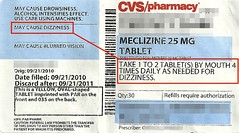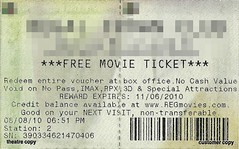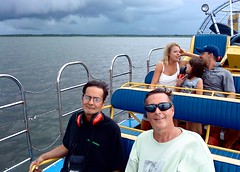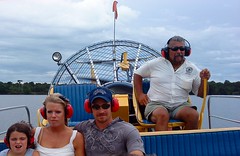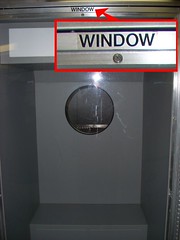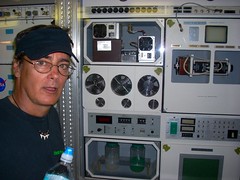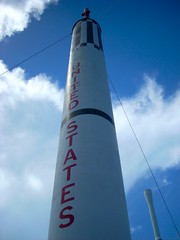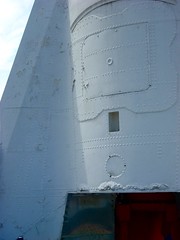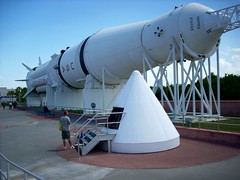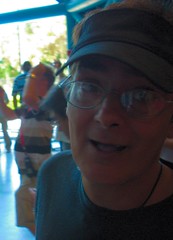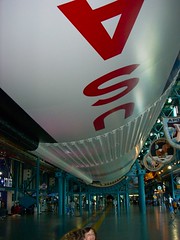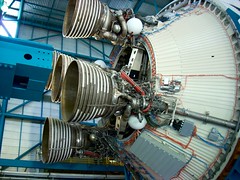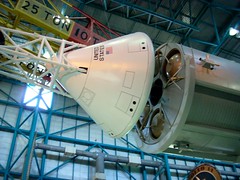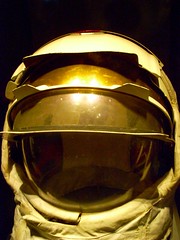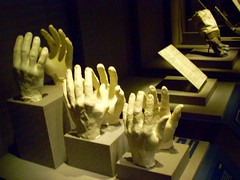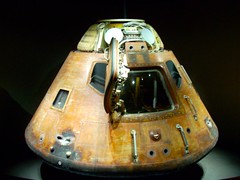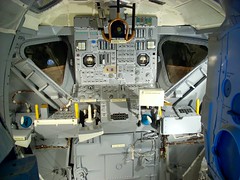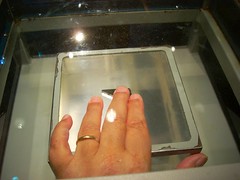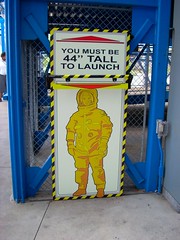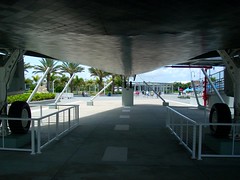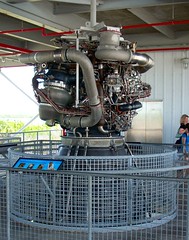I arranged for my schizophrenic brother, who I call “Dustin” in this blog, to come visit Florida for a couple of weeks. It’s not as simple as buying him a ticket. Someone has to help him pack, to make sure he brings underwear and a toothbrush. The nurse at his group home has to bottle and label 2 weeks’ worth of medication. Someone has to escort him to the gate, or he’ll just wander around in the airport. And we have to make sure he’s on a direct flight.
Of course, I had to arrange to meet him at the gate in Orlando, because there was no way he’d be able to find his way to baggage claim.
I drove to the airport after work to meet his plane, allowing a cushion of one hour in case some unforeseen problem arose. Which of course is exactly what happened.
As I left the office, I realized I didn’t have enough cash in my pocket to pay for the tolls I’d encounter on the way to the airport. This meant a quick run to the bank, where I dug my wallet out of my pocket to get my ATM card. This detour was merely an annoyance, not a serious problem.
Once I got to the airport, I parked in the parking garage. The parking garage is across the street from the terminal, so I had to walk to an elevator, take the elevator down below street level, cross the street in an underground tunnel, and take an escalator up to the ticketing area. The moment I set foot in the ticketing area, I realized that I had left the piece of paper with his reservation number sitting on the seat of my car.
Because the Orlando airport was designed by arrogant engineers with Cal Tech degrees who fly on private jets and never use passenger terminals, you can’t take an escalator down to the parking garage access tunnel. Why? Because it doesn’t exist. Instead, you have to wait in a throng of sweaty tourists with screaming kids for an elevator. Sometimes you have to wait for 2 or 3 of them before you can force your way into one.
Eventually, I got to the car, grabbed the paper I needed and retraced my steps all the way back to the ticketing area. I waited in a long line of sweaty tourists with screaming kids until I was finally called to talk to a ticketing agent.
“I need a gate pass to meet a disabled passenger,” I told her. “I arranged for it ahead of time.” I then triumphantly presented the reservation confirmation.
“Certainly sir,” she smiled. “May I see your photo ID?”
There is a certain feeling that you get at moments of incredible stupidity. It starts in the pit of your stomach, and rushes upwards like vomit, but ends up feeling more like someone smacked you in the face with a 2x4. I realized that in my haste to keep on schedule, I hadn’t replaced my wallet in my pocket after stopping at the bank – I had left it on the console in my car.
I was now running terribly late, but I had to return to the throng of sweaty tourists, force my way onto an elevator, cross to the parking garage, get my wallet, and return to the ticketing area. Once there, I had to wait in line again for a ticketing agent. The ticketing agent asked for my photo ID, of course, so I took it out of my wallet and handed it to her. And she dropped it. I watched in slow motion as my driver’s license fell from her grasp, and disappeared behind the computer monitor into a slot cut into the top of the ticketing counter. She stammered, and said, “I’m so sorry! I have to call a supervisor to unlock the equipment doors. This might take some time.”
Out of time, I stepped up onto the baggage scale and peered down through the slot. I could see my driver’s license resting on top of the computer housing, just within reach. I squeezed my hand through the slot into the forbidden equipment area, grabbed my driver’s license, and slapped it into her hand. She typed on the keyboard for what seemed like an hour, and then handed me the gate pass, with the wrong flight information printed on it.
“This is wrong,” I told her. “It’s the wrong flight.”
“I know, “ she replied. “It’s just how the system works, we can’t change it.”
“But is this the right gate for the flight I’m meeting?” I asked.
She looked at me as though I had somehow lost my mind, and then, as though explaining to a child, she said, “No, none of that information is correct. It’s just how the system works. We can’t change it.”
Trying not to scream my frustration, I asked her, “Then how am I supposed to know which gate?”
The ticketing agent then turned to her computer and typed for another half hour. “Gate 92 sir, have a nice flight.” I guess she forgot that I wasn’t going anywhere.
Frantic about the delay, I had to wait in the absurd security line, and hobble on my ancient, arthritic knees to the gate, where I arrived to discover that the plane was arriving 15 minutes earlier than scheduled. I made it just in time.

Dustin and I drove to my house, I grabbed a cold beer, slumped into a chair, and asked him to bring me his medication. Five minutes later, he came back and said, “I think we have a problem.”
Dustin has several medical issues besides schizophrenia. He takes about 8 different prescription medications a day. If he doesn’t, he could die. Somehow, while fumbling for his carry-on luggage, the paper bag containing all of his carefully bottled and labeled prescription medications fell out, and was now either in the trash or on its way to Michigan.
Fortunately, the next day I was able to contact his doctors and they called in replacement prescriptions to a local pharmacy. He’s only been here for two days, and I’m exhausted already.





